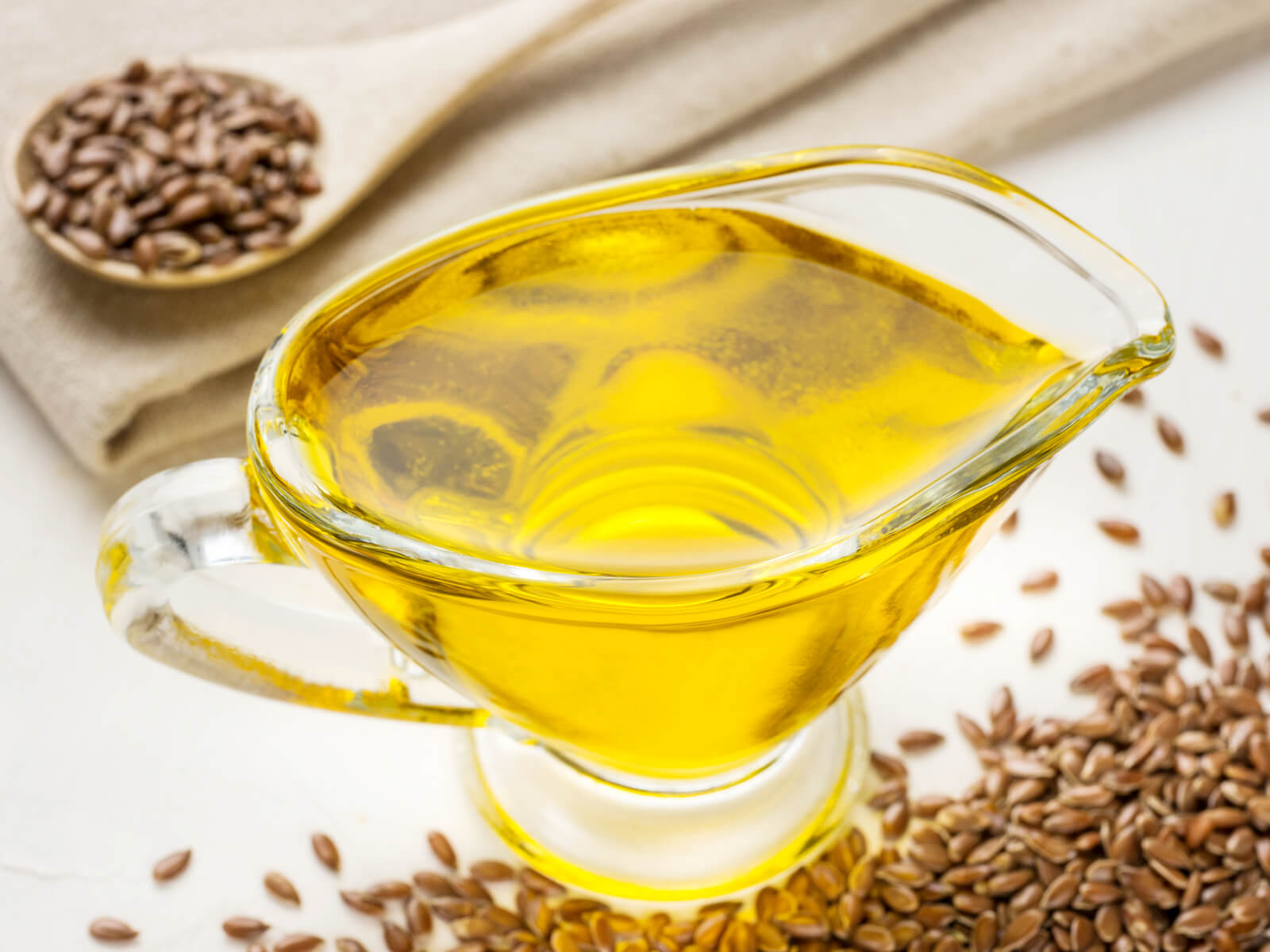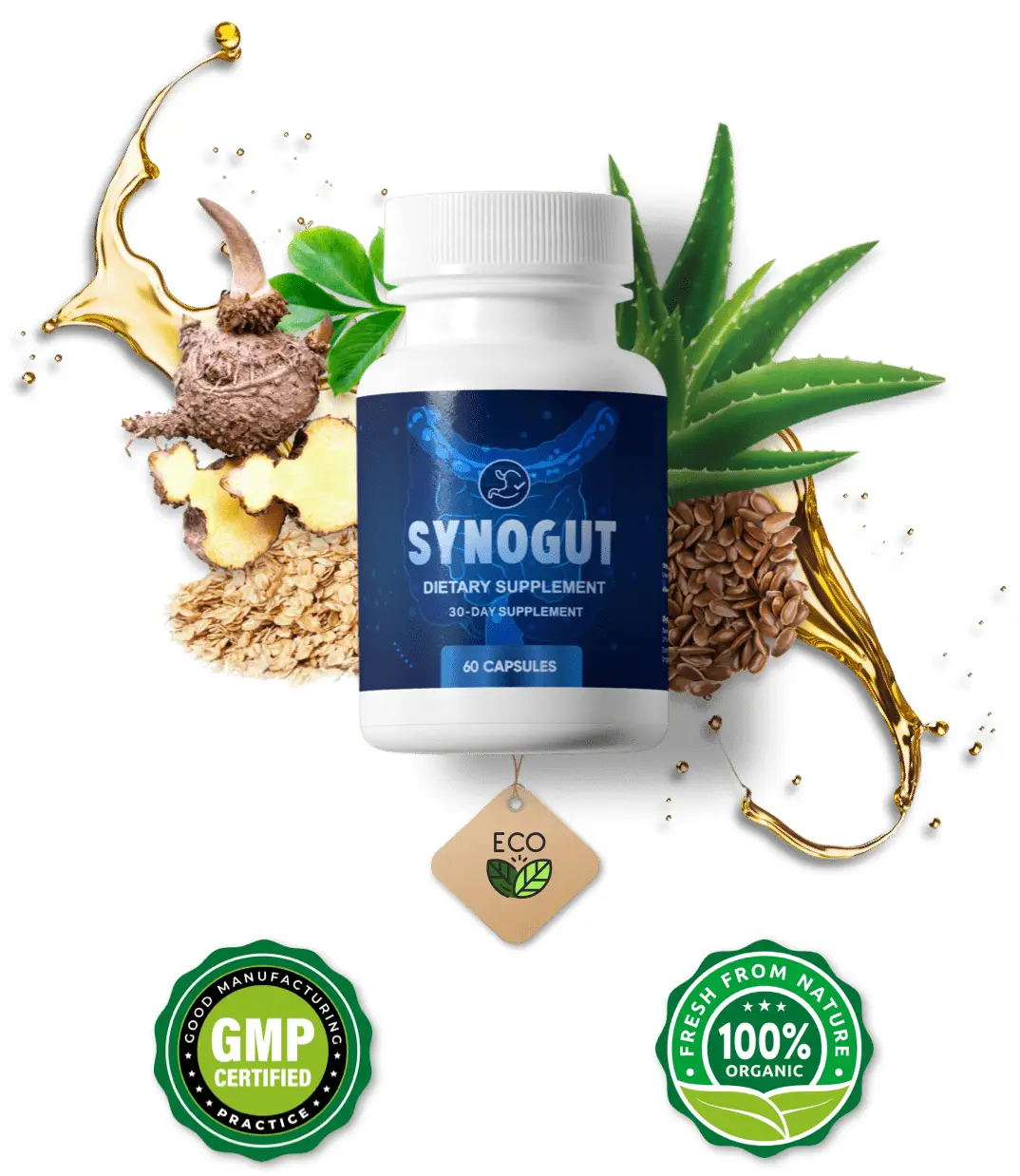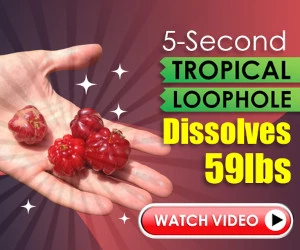
Is flaxseed (Linum usitatissimum) oil an effective antifungal agent? Flaxseed oil was able to inhibit Candida (the fungi that causes yeast infections)(source 2) and a wide variety of other fungi.(source 4) Concerning toenail fungus, there was little research at the time of this writing about the fungus responsible for approximately 90% of these infections: Trichophyton rubrum.(source 11) Therefore it is difficult to say for sure if flaxseed oil is going to be effective against toenail fungus.
But, given the fact that flaxseed oil performed so well against a wide variety of fungi, it is reasonable to infer that it has broad-spectrum antifungal ability. So it would be great to give it a try on toenail fungus, yeast infections, or any other superficial fungal disease.
But, coconut oil, which appears to be more well researched, is maybe a better choice as a natural remedy for fungal infections. Here, coconut oil is a proven anti-Candida oil, and should be chosen instead of flaxseed oil.
To augment your current flaxseed oil therapy, consider mixing in antifungal herbs or essential oils. A carrier oil can be used to help dilute other proven antifungal essential oils and herbal powders to attenuate their harsh effects, while still enabling them to deliver medicinal effects.
Flaxseed oil should be viewed primarily as a carrier base, in which you put more essential oils and herbal powders into.
Plus, by mixing antifungal herbs in with flaxseed oil, you could arrive at a synergistically powerful natural remedy for fungal infections!
The late, prominent herbal medicine expert Dr. James A. Duke made an interesting statement in his book The Green Pharmacy.(source 14) Speaking about fungal infections, Dr. Duke noted that combinations of essential plant oils worked better against fungal pathogens than single oils alone. We may be able to extrapolate this effect to many other health dysfunctions. Dr. Duke later said about this antifungal synergy:
We should not be surprised at this. After all, essential oils are complex combinations of compounds [that] protect plants against fungi and other diseases and pests. Synergy is the rule in nature, so it makes sense that combinations would work better than a single, isolated essential oil constituent.
The Green Pharmacy (Fungal Infections section)
Dr. John Herzog (MD)
Dr. John Herzog, a "survival surgeon" from Maine explains what home remedies work best in a crisis situation.
This may be important in the event you require first-aid or are in an emergency situation without easy access to a hospital. Dr. John Herzog has assembled a large collection of home remedies for such scenarios.

Does Flaxseed Help with Candida?

This image was taken from a 2018 study in the International Journal of Immunopathology and Pharmacology; DOI: 10.1177/2058738418781368. Used under a Creative Commons license (CC BY-NC 4.0).
The first study we will investigate on this topic was published in 2018 in the Journal of International Dental and Medical Research.(source 1) The study tested flaxseed oil and a flax seed water extract against Candida albicans (C. albicans). The study also used the popular antifungal drug Nystatin as a comparison for antifungal efficacy of the flaxseed products.
The study placed drops of the three products (flaxseed oil, flaxseed extract, and Nystatin) on petri dishes and inoculated the dishes with C. albicans. The amount of distance from the product drops that C. albicans did not grow showed how powerful of an antifungal effect the substance had on C. albicans. This distance is referred to as a "zone of inhibition" (ZOI).
The results of this study showed that Nystatin produced a ZOI of approximately 8.7 mm. By comparison, 15 microliters (mcl) of flaxseed oil produced no ZOI at all; the oil had no antifungal ability in this regard.
The water based flaxseed extract, however, did. 15 mcl of the water extract produced a ZOI of approximately 15.6 mm. This was nearly double the ZOI produced by Nystatin!
Another study, published in 2011 in Inflammopharmacology,(source 2) looked at how flaxseed oil would affect Candida albicans.
The study found the ZOI for flaxseed oil against C. albicans; which was approximately 10.33 mm.
C. albicans is the most virulent form of Candida, and causes about 70% of fungal infections in the world.(source 3) It is a good bet that if a substance can hinder C. albicans, it stands a good chance of halting other species of Candida as well.
And, just in case you didn’t know, Candida is a common cause of yeast infections of all kinds.
So given the fact a low concentration of flaxseed oil did not stop Candida, it would be important to use a 100% concentration. But it might be best to use an extract of flaxseed instead of the oil.
Claire Goodall’s Amazing Guide
Clair Goodall is a bee-obsessed, natural medicine convert from Minnesota (USA). And, she does keep bees!
Clair has created 350+ page book documenting how to replace the toxic products and medications in your home with healthier, all-natural alternatives.

Flaxseed’s Effects on Other Fungi

A study that looked at how flaxseed oil would affect several different types of fungi was published in 2021 in Applied Sciences.(source 4) The study tested three different flaxseed oils from different suppliers against the fungi.
The following lowest minimum inhibitory concentrations (MIC; the lowest amount that will inhibit the growth of an organism after overnight growth) and lowest minimum fungicidal concentrations (MFC; the lowest amount that would kill a fungus) are listed of the three various oils.
- Aspergillus fumigatus: MIC = 0.5 mg/mL, MFC = 1 mg/mL
- Aspergillus versicolor: MIC = 1 mg/mL, MFC = 2 mg/mL
- Aspergillus niger: MIC = 0.5 mg/mL, MFC = 1 mg/mL
- Penicillium funiculosum: MIC = 0.5 mg/mL, MFC = 1 mg/mL
- Penicillium verrucosum var. cyclopium: MIC = 0.5 mg/mL, MFC = 1 mg/mL
- Trichoderma viride: MIC = 0.5 mg/mL, MFC = 1 mg/mL
Another study, published in 2021 in BioResources,(source 5) looked at how 3 different oils impacted two species of fungi. One of these oils was flaxseed oil.
The study found that it took 2 mL/mL of flaxseed oil to totally arrest the development of Aspergillus flavus and Penicillium chrysogenum. Another of the oils that performed much better was the essential oil of key lime (Citrus aurantifolia) leaves; it only took 62 mcl/mL.
Yet the MIC, which indicates the growth was visibly inhibited, was found as well. For flaxseed oil the MIC was 32 mcl/mL, for Aspergillus flavus the MIC was 32 mcl/mL, for Penicillium chrysogenum the MIC was 16 mcl/mL.
How these Fungi are Important Pathogens
Aspergillus species
Aspergillus flavus is the most common cause of superficial aspergillosis (an infection caused by Aspergillus fungi) infection and the second leading cause of invasive aspergillosis. This fungus also causes a broad spectrum of diseases in humans. For instance, it can be implicated in fungal infections of the sinuses and skin.(source 6)
Aspergillus fumigatus is the most common cause of invasive aspergillosis in humans. And it is the most prevalent in the genus.(source 6)
Penicillium species
Penicillium species, with the exception of Penicillium marneffei, are a rare cause of invasive diseases; they rarely attack people with a healthy immune system. Those at risk are people with HIV or on immune system suppressing medications.(source 7)
Penicillium is very common on damp building materials. Wet home furniture, walls, floors, and carpet can house this fungus.
Trichoderma species
Trichoderma fungi are the cause of corn ear rot. These fungi rarely cause infection.(source 8) They are perhaps more important to agriculture as they are found in all soils and can impact plants.
Does Flaxseed Oil Help with Toenail Fungus?

This image was taken from a 2015 study in the Journal of Fungi; DOI: 10.3390/jof1010030. Used under a Creative Commons license (CC BY 4.0).
The primary culprit behind toenail fungus (and nail fungus infections in general) are dermatophytes.(source 9) Dermatophytes are fungi that need keratin (a protein that is used in making nails, skin, and hair) to grow. These fungi cause superficial infections of not only the nails, but also of the skin and hair.(source 10)
The common dermatophyte fungus Trichophyton rubrum is responsible for approximately 90% of cases of toenail fungus infections.(source 11) Dermatophytes in general are responsible for at least 50% of fingernail fungal infections.(source 9)
At the time this article was written, there was no information this author could find relating to how flaxseed would affect Trichophyton rubrum. So, there is no direct way to tell if this oil will help stop this fungal pathogen that causes most cases of this infection.
Candida albicans also can be responsible for nail fungal infections as well, or can be another fungus causing it in mixed infections. But, according to one study it is very difficult to tell how widespread mixed infections are.(source 9)
So in the case of toenail infections caused by Candida albicans, research does show that flaxseed oil might help combat toenail or nail fungal infections caused by this fungus.
But, it can be inferred from other research that an extract of flaxseed oil would probably be the best choice to use for toenail fungus.
But, to get the best results, consider diluting an antifungal essential oil like tea tree oil in flaxseed oil to use against toenail fungus. Tea tree oil is a powerful antifungal oil, and would be my go to solution for toenail fungus. But, you will probably want to dilute tea tree oil, as it can be very harsh on the skin. It is powerful!
Flaxseed Side Effects & Guidelines
Flaxseed is generally safe, but there are some side effects to be aware of. The mucilage in it might interfere with the absorption of medications. And, you may want to limit small children’s intake of it because it does result in a little cyanide being put into the body due to the presence of cyanogenic glycosides (these chemicals are found in other plants and are not that unusual).
Aside from the possibility of constipation if you do not drink enough water when you take it, it is probably unlikely that adults will have problems if they consume reasonable amounts.
But, Herbsey does have an entire article on the side effects of flaxseed, which goes into greater detail. If you’d like to learn more, and get a fuller understanding about this helpful food, you can check it out:
A Natural Digestive System Supplement that Helps

If you have been struggling with digestive problems like constipation, you should know about Samuel Bart. Mr. Bart lives with his wife, Alma, in Nashville, Tennessee.
Mr. Bart has always had a passion for plants and how to use them medicinally. He went on to research some of the most effective ways that could help people support a healthy digestive system.
To this end, Mr. Bart developed a product he calls “SynoGut.”
Every capsule of this supplement is made in the USA, in a FDA approved, and GMP certified, facility under sterile, strict, and precise standards. Synogut capsules are non-GMO. You can rest assured that they do not contain any dangerous stimulants or toxins, and more importantly, they are not habit forming.
His proprietary blend blend contains the following ingredients:
- Psyllium husk
- Bentonite clay
- Black walnut hull
- Oat bran
- Flaxseed
- Prune fruit
- Aloe vera leaf
- Lactobacillus acidophilus (a probiotic bacteria)
- Apple fruit pectin
- Glucomannan root
If this is not the first time you have had constipation, you might benefit from the power these natural items can provide. And, if you have had prolonged constipation, utilizing a supplement like Mr. Bart’s could help you become more regular—without an arsenal of prescription drugs.
Many people have tried synthetic drugs to solve their constipation issues; and if these didn’t work, it may be hard to invest in a natural remedy like SynoGut. To this end, Mr. Bart offers a 60 day, full refund guarantee on his supplement.
If you decide to invest in Mr. Bart’s supplement, and are not satisfied with the results, you can quickly request a refund. SynoGut will promptly refund your purchase; ensuring there is no risk to give Mr. Bart a chance.
SynoGut is sold via the large online retailer ClickBank—a company based in Boise Idaho, USA. ClickBank sells products across the world, and ensures you can get a refund if you are not satisfied with SynoGut’s results.
If you are in a situation where you have “tried everything,” SynoGut is worth the quick purchase and a solid test drive. If you would like to learn more about Samuel Bart’s SynoGut supplement, you can do so at the SynoGut website.
About the Author
Geoff Kent is a natural medicine enthusiast who has been researching and writing about natural medicine since 2008. Geoff is primarily a web developer, but also researches and authors written and video content about natural health. Geoff has a bachelor’s degree in Management Information Systems from the University of Northern Iowa.
More on Geoff KentImportant Disclosures & Disclaimers
It is important to use the information you find on Herbsey.com in the right way. Also for legal reasons, these disclaimers and disclosures are necessary. For further information about each, feel free to click the link provided to the page on this website that provides more information.
Medical Disclaimer
The information on this website is not a prescription for anyone. This information is for informational or educational purposes only, and is not a substitute for professional medical advice or consultations with healthcare professionals.
Advertisement Disclosure
Some of the links provided on this article and website are affiliate links. If you purchase a product after clicking on these links, Herbsey.com will earn a commission. Herbsey.com promotes various products through advertisement and text links. For more information: Our Advertisements.






